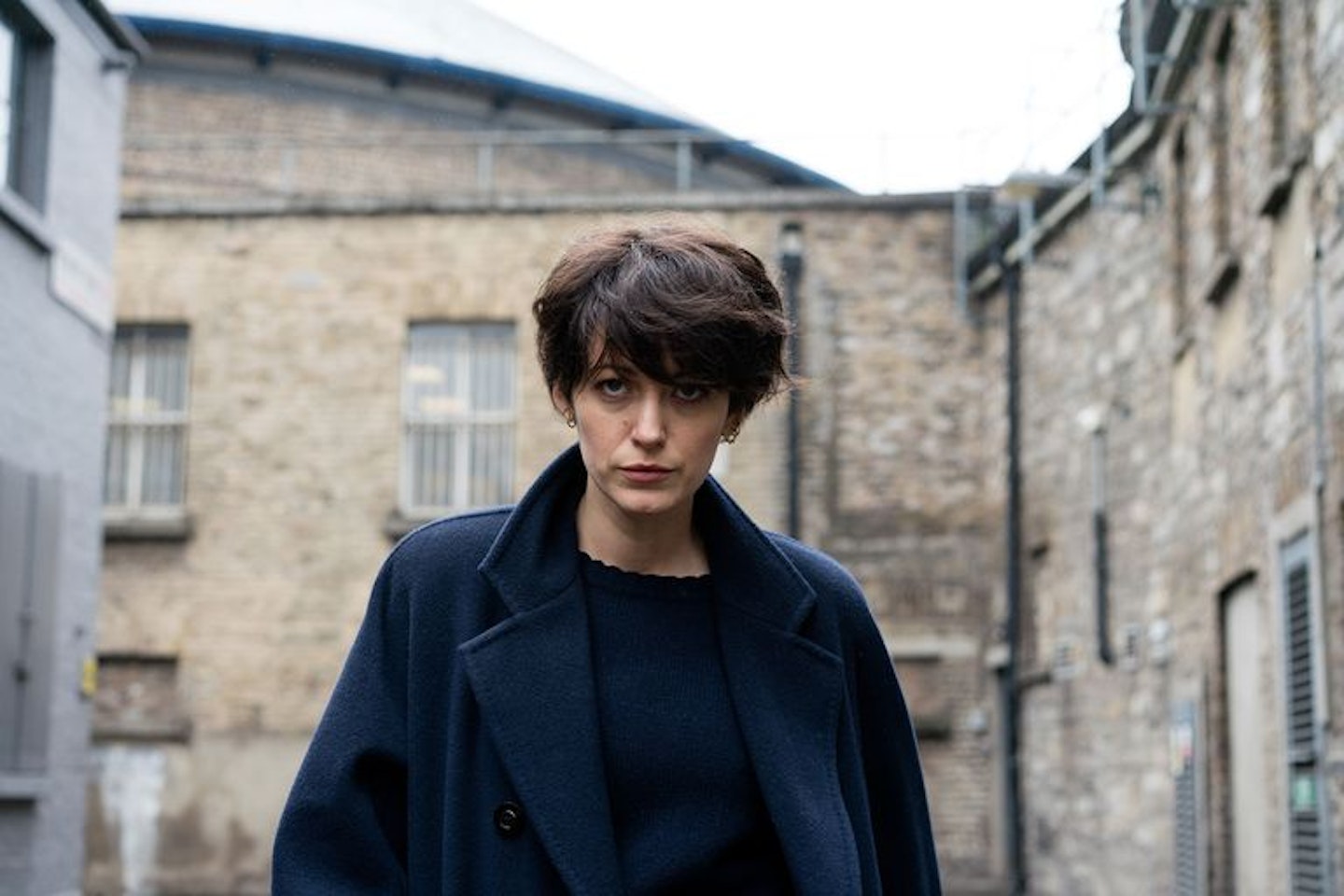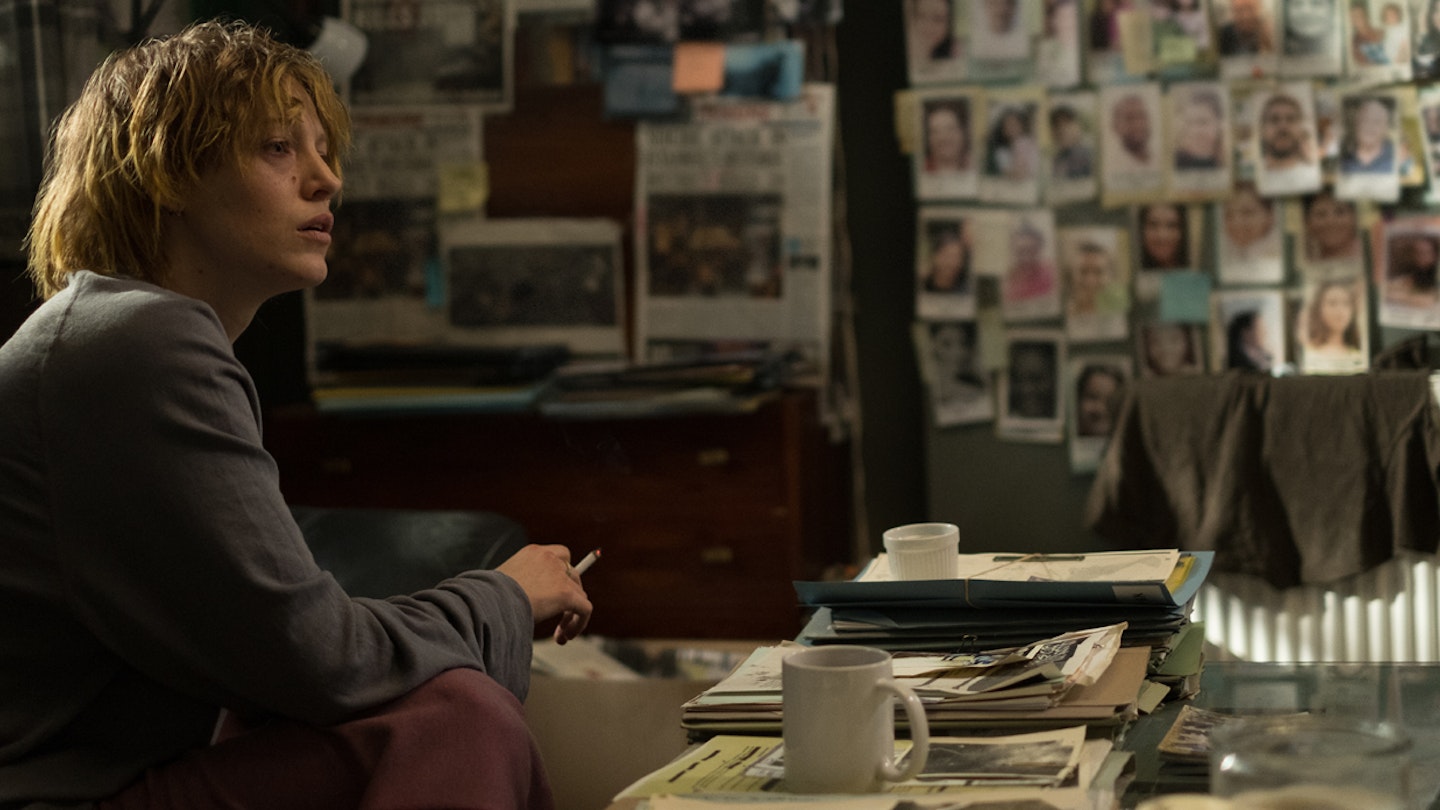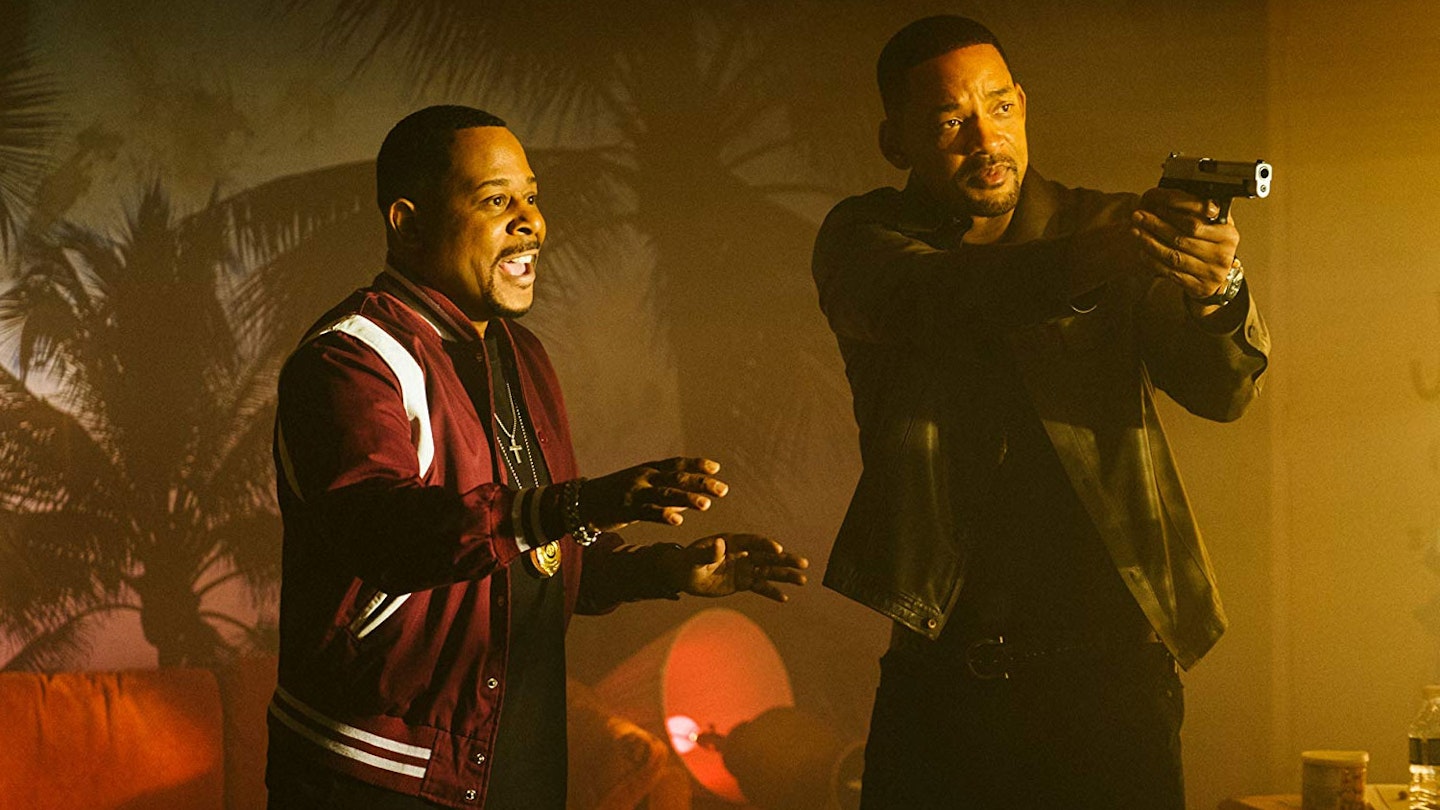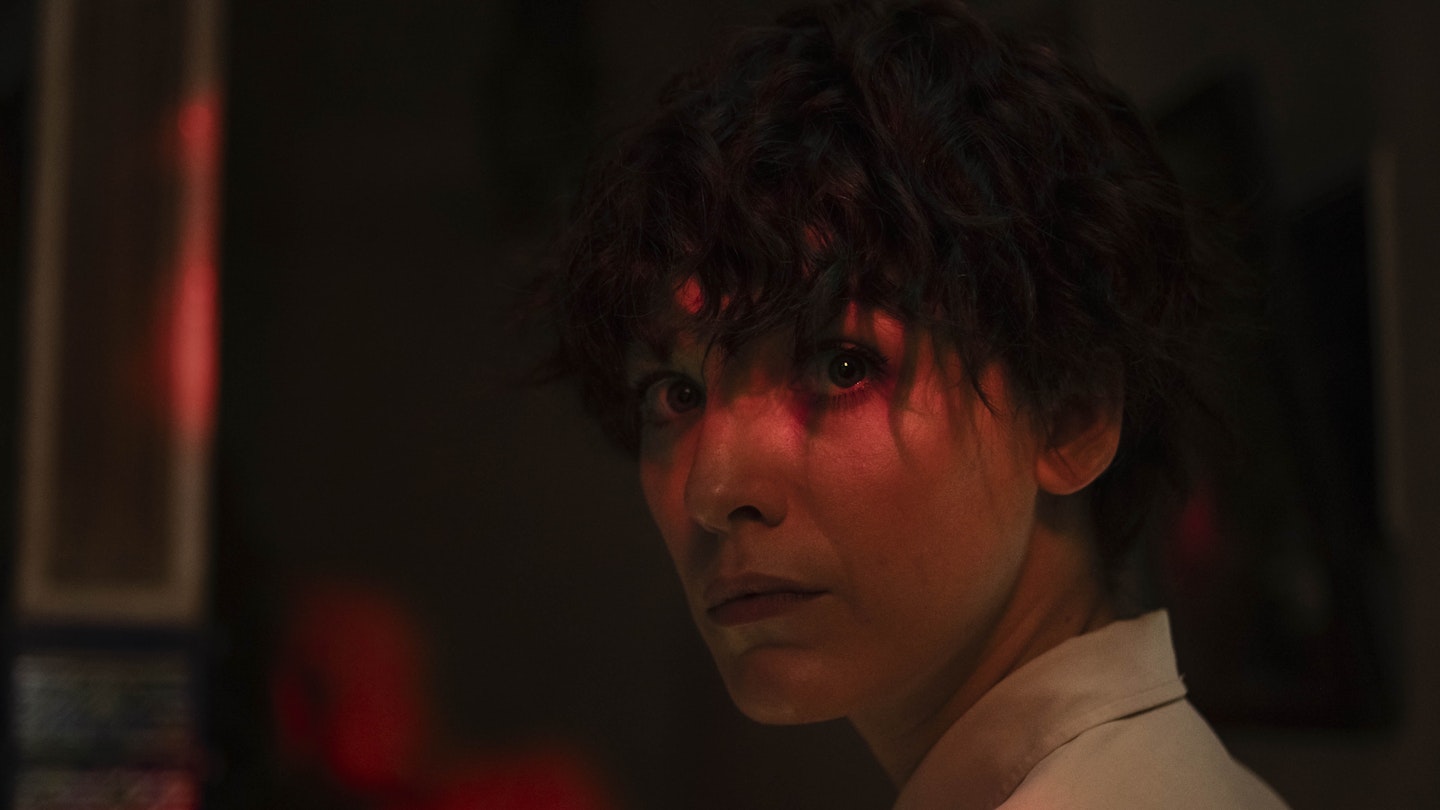First published in 1999, Mark Burnell’s The Rhythm Section is a thriller from a different era. A revenge tale sparked by an unthinkable act of global terrorism — the downing of a passenger jet — the novel’s shock and awe seems almost quaint in a post-9/11 world. It makes sense, then, that Burnell has attempted to strip out much of the story’s more anachronistic elements in adapting it for the screen. What remains is a more streamlined tale of personal empowerment, in which Lively’s Stephanie Patrick pulls herself from destitution to become an avenging instrument of death.
Following a delightfully cold-blooded turn in Paul Feig’s A Simple Favour, Lively throws herself into the central role, layering the traumatised Patrick with guilt and self-loathing as she turns tricks in a seedy London walk-up (a sequence gifted an earthy realism sadly missing thereafter). Straightened out and hammered into shape by gruff Bear Grylls-alike Iain Boyd (a slightly miscast Jude Law), Patrick is, in true Nikita fashion, forged anew, here posing as an international assassin to root out her family’s killer.
This Eon-produced film could have been the perfect vehicle for a double-X double-0.
Unlike Nikita’s, though, Patrick’s metamorphosis is refreshingly modest. Even after months of training in the Scottish Highlands, she’s just a woman on a mission, never trying to sell the idea that a few Tough Mudders could turn her into Jason Bourne (a point made clear by a particularly brutal fight lesson over porridge). Instead, her transformation is largely psychological, Lively bringing a steely determination to the character while retaining a core of vulnerability that, even during a messy assassination, leaves her jittery and anxious.
Director Reed Morano (The Handmaid’s Tale) ensures the camera sees Patrick without ogling — even a scene in which she poses as an escort is deliberately desexualised — but it’s in the film’s action that the direction falls flat. Opting for a Greengrass-light handheld style, the fight sequences are deliberately messy, but languid edits drain most of the excitement. A car chase slaloming through the streets of Tangier feels strangely inert, and a major confrontation on a bus is reduced to slightly rude shoving, followed by some rolling about on the floor.

With all the talk of a female Bond, this Eon-produced film (the first in a series of Patrick novels by Burnell) could have been the perfect vehicle for a double-X double-0. But with much of the book’s substance shed, the film is disappointingly lightweight. Despite Burnell’s updates, the geopolitics are inauthentic and the core of the story — that of a woman re-discovering her own identity through becoming someone else — never quite lands. Twenty years ago this would have passed as a decent potboiler; in 2020, though, it feels too simplistic, and it’s this lack of sophistication that ultimately makes The Rhythm Section lose its beat.





